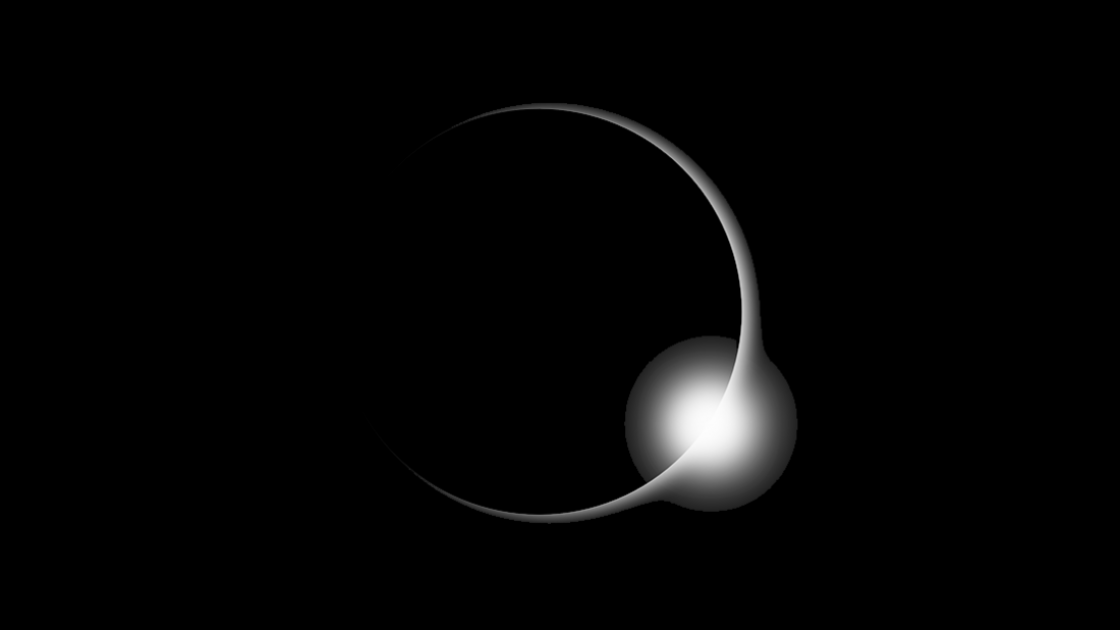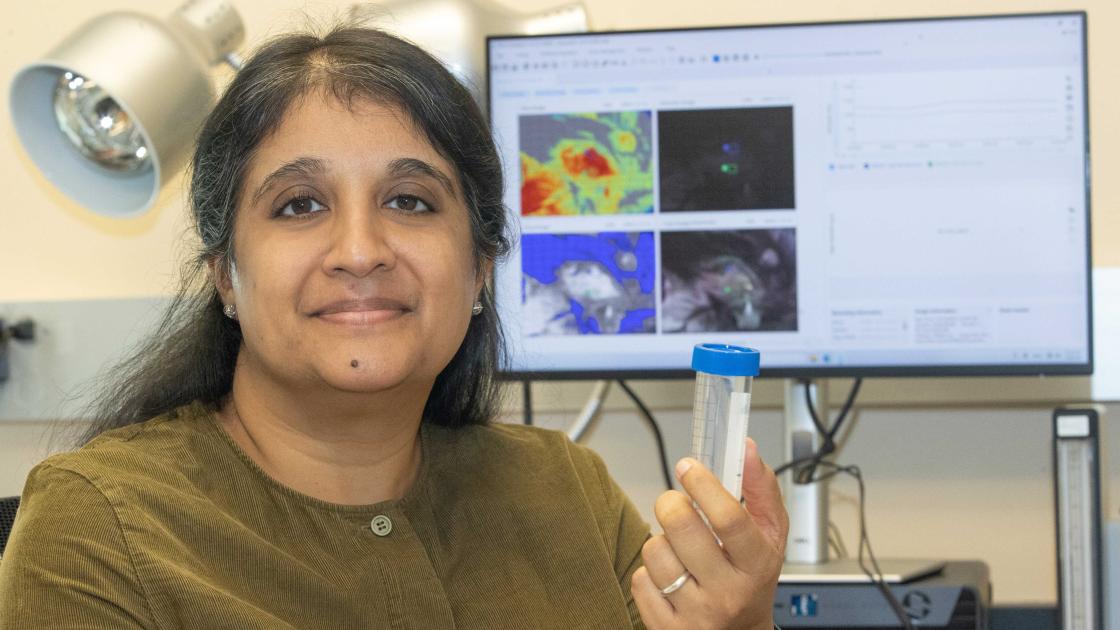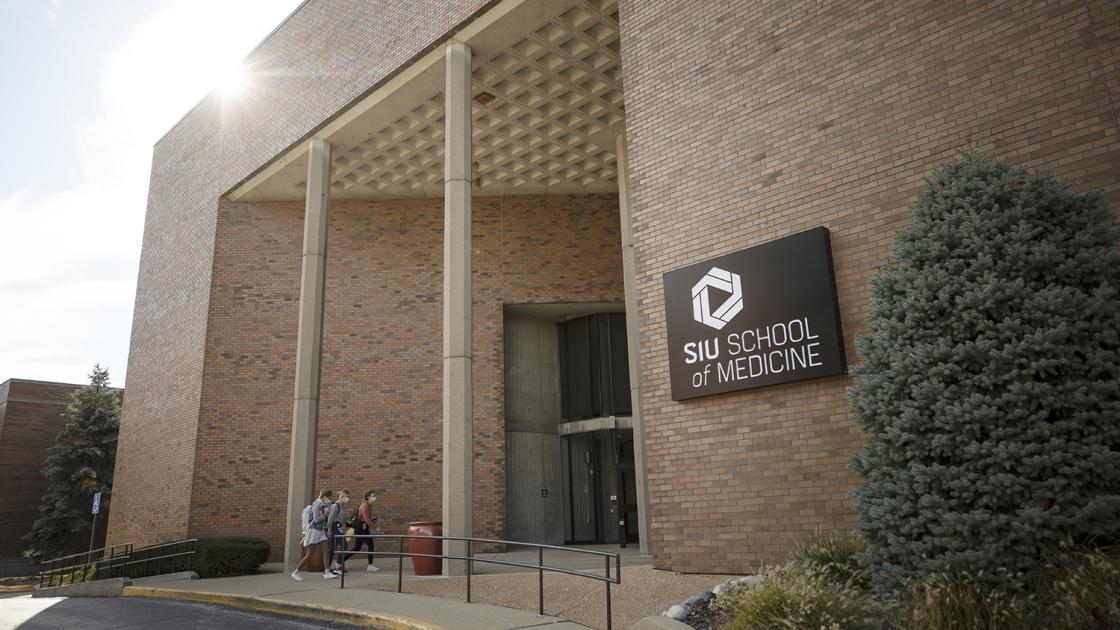
How to get ready for the solar eclipse
Residents across the United States are going to be treated to an amazing celestial event on Monday, August 21. A solar eclipse will be streaking across the continent from Oregon to South Carolina. It’ll move from coast to coast in 90 minutes.
During the eclipse, the moon passes directly in front of the sun, creating a black shadow that makes the sun’s aurora briefly visible. At 1:20 pm, this halo effect--or totality--will reach its point of greatest duration in Makanda, Illinois, just a few miles south of Southern Illinois University’s main campus in Carbondale. The first day of classes have been cancelled for this special occasion, as the college town prepares for an influx of 50,000 visitors, including a group of 100+ NASA scientists tracking the eclipse, and Ozzy Osbourne, performing at the nearby Moonfest concert.
Weather permitting, the view should be spectacular.
Here in central Illinois we won't get the complete eclipse -- but we'll get 96 percent of it! The eclipse will begin around 11:50 am and end around 2:45 pm. Peak viewing time is 1:18 pm, when the moon achieves near-totality over Springfield. It should resemble a diamond ring.
For those who’ve never experienced an eclipse, it can create an odd, almost mystical sensation. As the disk of the moon slips in front of the sun, the midday light will take on the aura of dusk. The temperature drops by 10 to 15 degrees. Breezes die down and animals start preparing for evening.
While it may be tempting to look at the eclipse as darkness descends, it should not be viewed with the naked eye. Accoding to Phil Jensik, PhD, assistant professor with the Department of Physiology at SIU School of Medicine, not wearing special purpose eye protection (like eclipse glasses) and looking at the eclipse could lead to temporary (photokeratitis) and potentially long-term (photic/solar retinopathy) damage to the eye. Protective glasses or pinhole viewers are required to prevent damage and potential blindness. Do not use regular sunglasses, either; they are worthless in an eclipse. Telescopes and binoculars aren’t necessary, either, and would require filters.
Leaves from nearby trees can diffuse the sunlight and project the unique shapes of the eclipse onto the ground and adjacent surfaces. If you have a camera, the circular light patterns cast onto everyday objects will offer some artistic options to what’s going on overhead.
The last time the country was in the crosshairs of a complete solar eclipse was 1918--99 years ago. If the skies here are overcast on the 21st, there will be a lot of disappointment over Mother Nature throwing shade at the worst possible time. But the good news is you won’t have to wait a century for a second chance to view one. Another total eclipse will cross the United States on April 8, 2024, a mere seven years from now.
Find additional information at eclipse2017.nasa.gov.
Here are instructions on how to make a pinhole camera.



